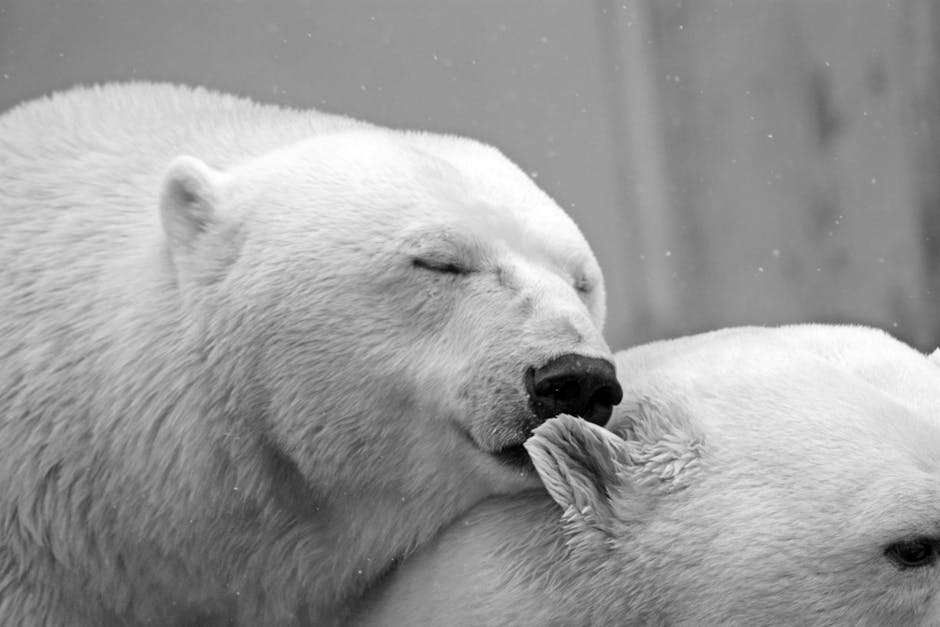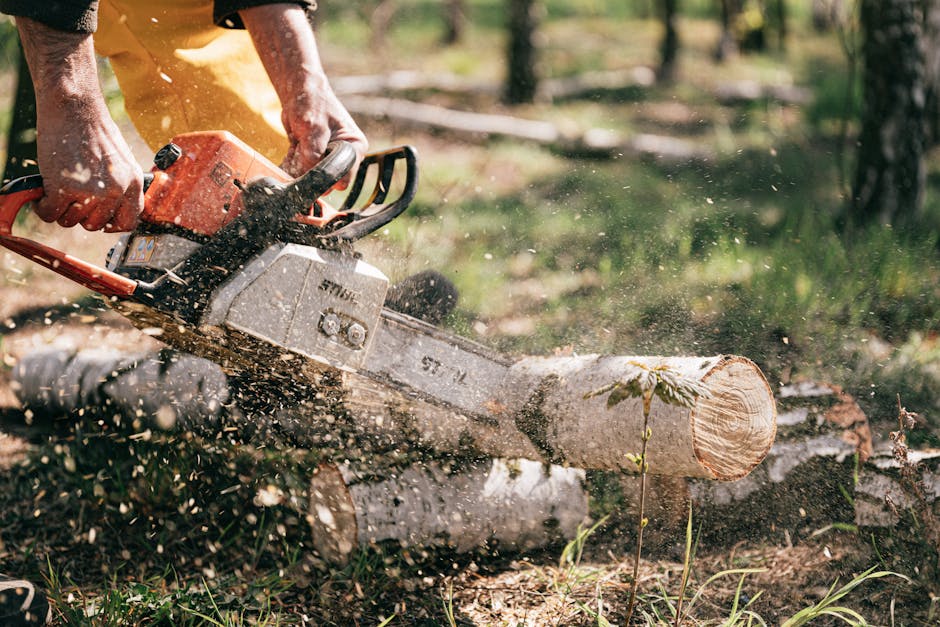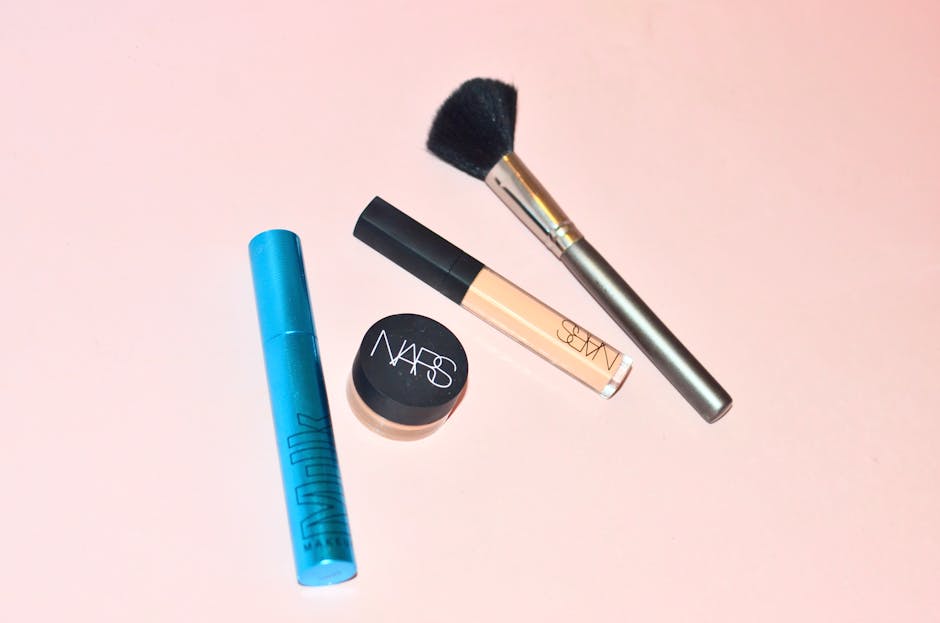Unlocking Your Pet's Potential: The Science of Scent Training
When you hear the phrase "training your pet," you might picture traditional methods, like treats or clickers. But have you ever considered the nose of the matter? As pet parents, we often underestimate the profound influence scents have on our furry friends' behavior and emotions.
Enter aromatherapy—an innovative approach that leverages the power of essential oils and natural aromas to modify behavior, reduce anxiety, and enhance training outcomes. In this exploration, we will delve into the science of scent, discover practical applications in training, and provide you with DIY recipes that can transform your pet’s behavior and mood.
Understanding the Science of Scent in Pets

Scent is perhaps one of the most powerful senses your pet possesses. Dogs, for instance, have up to 300 million olfactory receptors compared to a human's 5 million, translating to a sense of smell that is anywhere from 10,000 to 100,000 times more acute. This astonishing capability affects how pets perceive their environment, communicate, and respond to various stimuli.
The physiological impact of scents goes beyond just detection; specific aromas can trigger emotional responses, influence stress levels, and even bolster confidence in pets. For example, lavender is notoriously known for its calming properties, while citrus scents can invigorate and energize them.
The Connection Between Aromas and Behavior

Research has demonstrated that animals process scents in a way that can influence their behavior and mood. A study published in the Journal of Veterinary Behavior highlights how specific scents can reduce stress and anxiety during training sessions. By incorporating aromatherapy into your routine, you tap into a world of holistic opportunities that cater to your pet's emotional needs.
For those exploring alternative methods for training and behavior modification, understanding this connection can be the first step toward a more fulfilling relationship with your pet.
A Brief Overview of Targeted Scents

Before diving into training applications, let’s look at some commonly used essential oils and how they can serve your pet:
- Lavender: Known to provide calming effects and reduce anxiety. Ideal for nervous or hyperactive pets.
- Peppermint: Engaging and refreshing, peppermint can energize pets and enhance focus.
- Chamomile: Another soothing scent, chamomile helps to alleviate stress and promote relaxation.
- Cedarwood: Useful for grounding and calming pets who may feel unsettled.
To expand your knowledge, you can dive deeper into how to leverage music and scents in pet training in our article, “The Soundtrack of Training: How Music Transforms Pet Behavior.”
DIY Aromatherapy Recipes for Pets

Creating a scented environment for your pet doesn’t have to be complicated. Here are three easy DIY recipes to uplift your pet’s mood and support their training:
1. Calming Lavender Mist

Ingredients: - 10 drops of lavender essential oil - 1 cup of water - 1 tablespoon of vodka (as a preservative)
Instructions: 1. Combine all ingredients in a spray bottle. 2. Shake well before each use and spray in your pet's area or on their bed—always avoiding their face.
2. Energizing Citrus Blend

Ingredients: - 5 drops each of wild orange and lemon essential oils - 1 cup of water
Instructions: 1. Mix the oils and water in a small spray bottle. 2. Spray lightly in areas where you want to stimulate activity, ensuring your pet isn’t directly inhaling the mist.
3. Grounding Cedarwood Spray

Ingredients: - 10 drops of cedarwood essential oil - 1 cup of water - 1 tablespoon of witch hazel
Instructions: 1. Combine the ingredients into a spray bottle. 2. Spray in your pet’s living space to create a calming environment.
Safety First: Tips on Using Essential Oils

While aromatherapy can be a valuable tool, it’s crucial to practice safe usage:
- Dilute Properly: Always dilute essential oils with a carrier substance like water or coconut oil before application.
- Consult a Vet: Speak with your veterinarian about which scents may work best for your unique pet, especially if they have existing health concerns.
- Monitor Reactions: After introducing a new scent, closely observe your pet for any adverse reactions, such as excessive licking or signs of distress.
If you’re looking to refine your training techniques, check out “The Ultimate Guide to Positive Reinforcement: Train Your Pet Effectively.”
Incorporating Aromatherapy Into Training Regimens

Once you have a comfortable setup using aromatherapy, the next step is integrating it into your training regimen. Here’s a step-by-step guide to making the most of scents during pet training:
Step 1: Set the Tone

Begin by creating a soothing environment. Use your calming lavender mist within your training area. This ideally establishes a relaxed atmosphere that allows your pet to be more receptive to learning new commands or behaviors.
Step 2: Choose the Right Scent for the Task

Select a scent according to the specific goals of your training. For example, if you're working on focus and attention, the invigorating citrus scent can serve as an aid. Alternatively, if the goal is to calm anxiety during a challenging training period, reach for the chamomile.
Step 3: Pair Commands with Scents

Introduce a command along with the scent during the training session. For instance, whenever you spray the calming lavender mist, say "sit." Repeat this consistently, and your pet may begin to associate the calming effect of the scent with performing the commanded behavior.
Step 4: Reinforcement with Rewards
To enhance the connection between the scent and the desired behavior, use treats or praise in conjunction with the scent. This positive reinforcement strengthens the link between the aroma and the behavior you're training.
Step 5: Gradual Withdrawal
As your pet masters the behavior, you can gradually reduce the frequency of treatment with scents. This step gradually encourages your pet to rely on their inherent understanding rather than the aid of the aroma.
Step 6: Continual Assessment
Regularly check in on your training process. Are your pets responding well to the aromatherapy? Are they more relaxed during sessions? Adjust your approach as needed, and don't hesitate to switch scents if necessary.
For further strategies on enhancing behavior through multiple channels, read more about creating calm, meditative spaces.
Addressing Stress and Anxiety Through a Holistic Lens
Beyond training, the incorporation of aromatherapy can support pets dealing with stress and anxiety. Recognizing when your pet is stressed or anxious is crucial, as these stressors can often hinder the learning process.
Identifying Signs of Stress
Common indicators of pet anxiety include:
- Excessive barking or growling
- Destructive behavior or chewing
- Lethargy or unwillingness to engage
- Shaking or panting excessively
By using calming scents, you have the power to address these issues head-on. For more information on understanding your pet's emotions and body language, consider browsing our post, “The Ultimate Guide to Understanding Your Pets’ Body Language.”
Building a Calming Routine
Incorporating aroma therapy into daily routines can create a consistent environment that promotes security and stability:
- Pre-Training Rituals: Before any training session, employ your calming mist to prepare your pet.
- Post-Training Wind Down: Help your pet settle after a session by spraying the calming scent, reinforcing that training leads to relaxation and comfort.
- General Routine: Establish a habit of using specific scents at particular times, such as bedtime or just before leaving the house.
This routine helps pets learn to associate certain times with calming scents, making the daily transitions smoother.
Final Thoughts on Scent Training for Pets
In the ever-evolving world of pet care, aromatherapy offers a refreshing and innovative approach to training. By understanding the underlying science of how pets perceive scents, applying various essential oils thoughtfully, and creating structured training routines, you can greatly enhance your pet's behavior and well-being.
This holistic approach not only benefits pets but strengthens the bond between pet and owner, turning training into an enriching experience rather than a chore.
So, if you're ready to embark on this aromatic journey with your furry friend, gather those essential oils and get started. After all, the power of scent could be the missing ingredient in your pet care and training toolkit!
For further exploration on creative training techniques that can deepen your bond, don’t forget to check out our in-depth articles on pet playdates, storytelling, and home enrichment.



